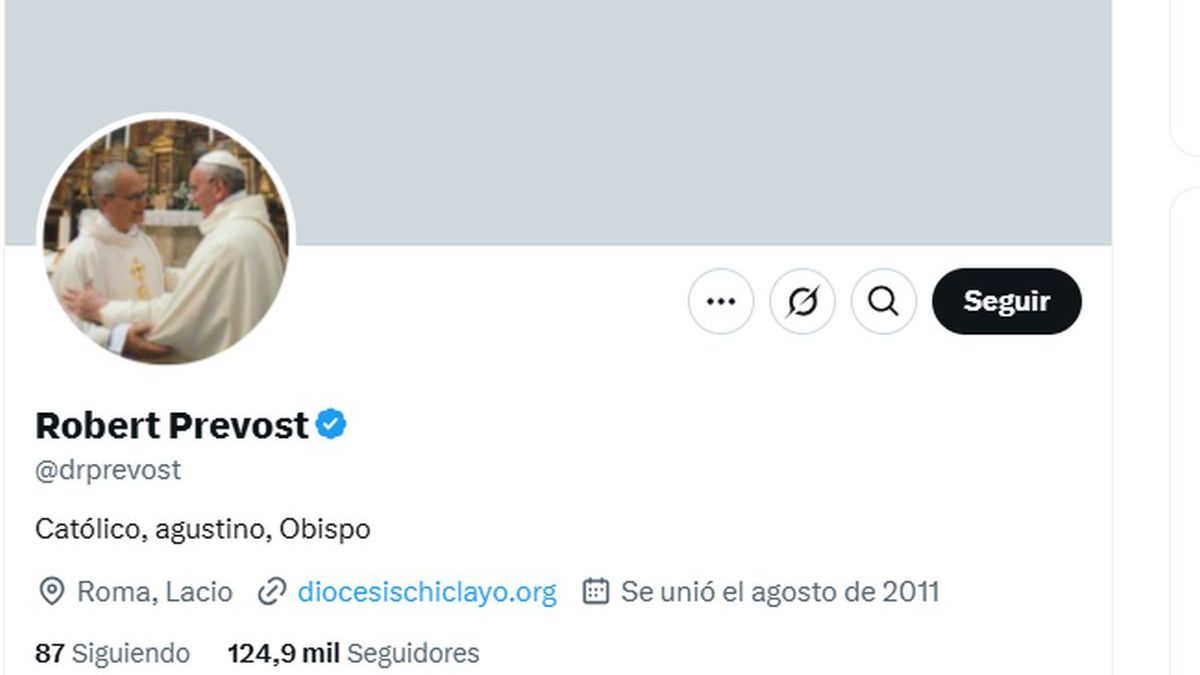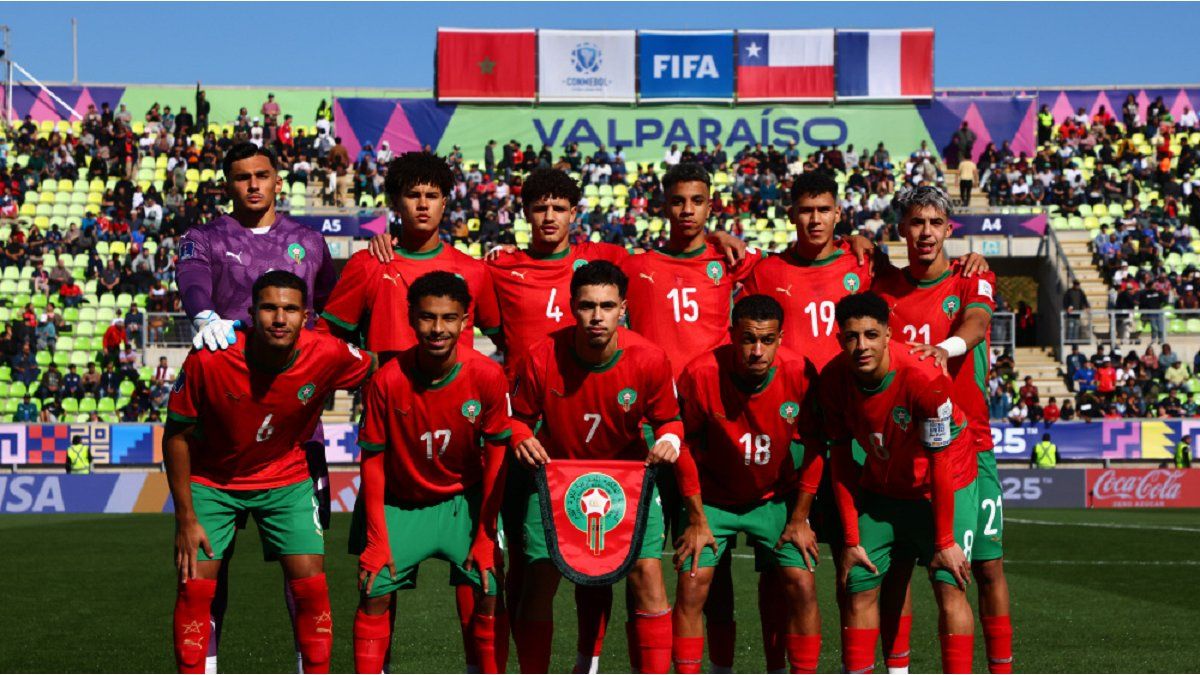In principle, Prevost is considered as a continuity to the reformism promoted by Bergoglio during his papacy, which extended for 12 years, from 2013 to 2025. He even remembered the Argentine during his first speech at the head of the Catholic Church.
However, before becoming the head of state of the Vatican, The religious cultivated an opening profile and close to Latin American reality, since he exercised in Peru for almost 20 years.
Robert Prevost’s last tweet before becoming Leo XIV
Within that profile, he marked differences with the current president of the USA, Donald Trump. In fact, his last message on social network X before being elected Papa pointed against Trump and also against the president of El Salvador, Nayib Bukele.
Specifically, the then Cardinal had signed up against the immigration policies of both leaders.
“Don’t you see the suffering of your neighbors? Do not you realize the pain, misery, fear and anxiety so real that these unfair government actions and policies are causing? Doesn’t consciousness worry about you? How can you shut up?” He wondered on his social networks, when retweeting a user comment “Rocco Palmo”.
The message is dated April 14, a week before the death of Jorge Bergoglio.
Embed – https://publish.twitter.com/Oembed?url=https://x.com/roccopalmo/status/1911914220850946211&partner=&hide_thread=false
As Trump & Bukele use Oval to Feds’ Illicit Deportation of a US Resident (https://t.co/t80idmbbkf), eleven an undoc-e Salvadorean Himself, now NOW-DC AUX +EVELIO ASKS, “do you not see quiet? ” https://t.co/jtradmf0v
– Rocco Palmo (@roccopalmo) April 14, 2025
In his first speech at the head of the Catholic Church, the Papa remembered Francis, who thanked him, and advocated a “united church” that seeks “always peace, justice, working as men and women faithful to Jesus Christ, without fear, to proclaim the gospel and be missionary.”
Born in Chicago in 1955, and raised in a Catholic family of workers’ roots, Prevost entered the order of San Agustín in his youth, driven by a missionary vocation that consolidated himself with his studies of philosophy and theology in the Catholic Theological Union and later in Rome, where he was a doctorate in Canon Law.
He was ordained a priest in 1982, and soon began a trajectory that would take him out of the United States, moving it away from the comfort of the academic field to get at the service of the peripheries.
His first ministerial years found him in Peru, where he exercised as a missionary in a poor region of the north of the country, in the Diocese of Chulucanas.
There he developed a pastoral centered in the proximity, the formation of communities and the defense of human rights, an experience that deeply marked his profile: a religious committed to the social reality of Latin America, who learned to combine doctrinal rigor with a pastoral look attentive to the most vulnerable.
Source: Ambito



